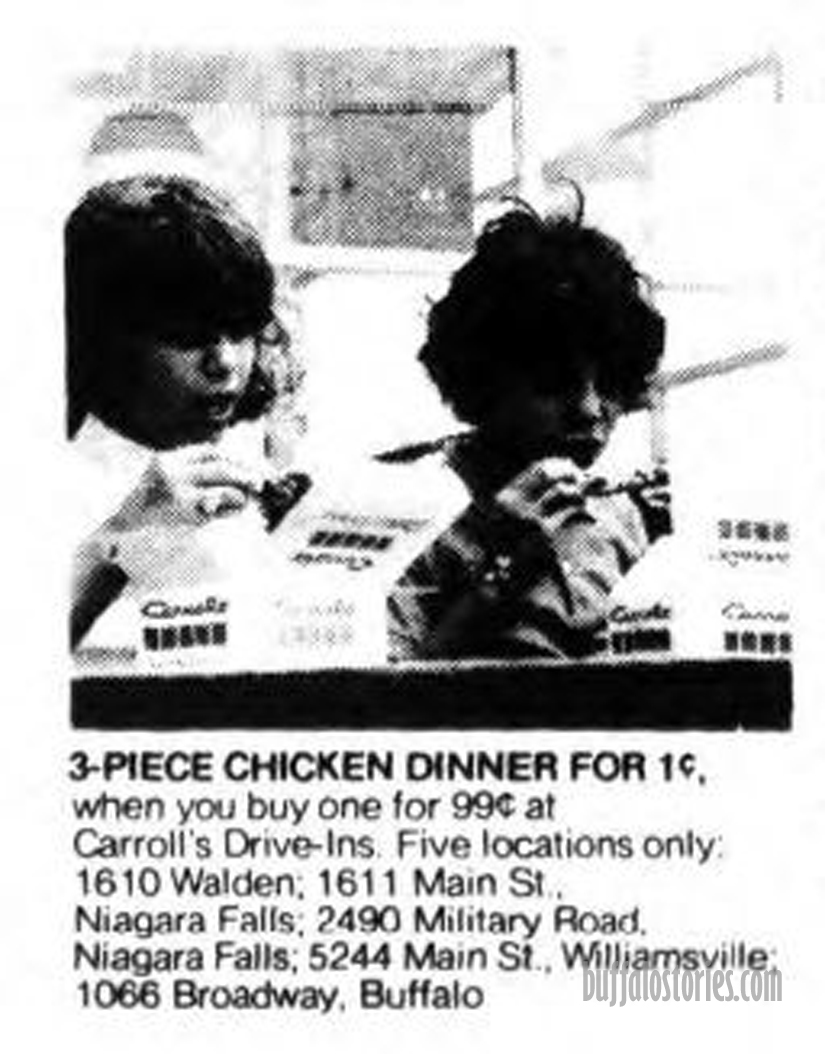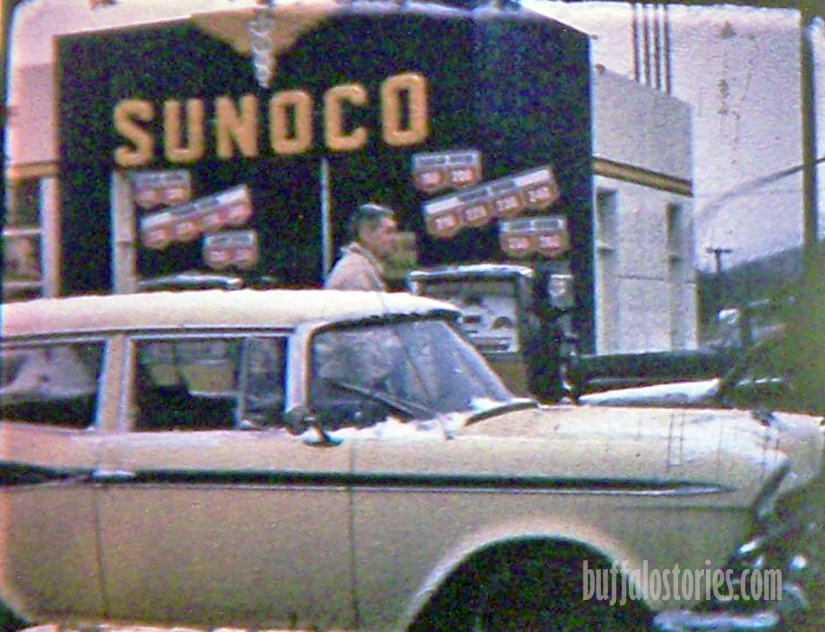By Steve Cichon | steve@buffalostories.com | @stevebuffalo
The item that was “The Red Ryder b-b gun” of my youth has now been branded as hateful. When I rode my “Dukes of Hazzard” big wheel around the streets of South Buffalo as a 6 and 7 year old, the Dukes stood for what is right and wonderful in this world.

The Dukes always did the right things, for the right reasons, the right way. (Except maybe climbing into their car through the window without opening the door– Copying that move in our old AMC Spirit got me in trouble a few times.)
I don’t think I gave much thought to the “rebel flag” that was clearly a featured emblem on their car “The General Lee,” and also, as seen in this photo, clearly a part of my big wheel. I really hope you don’t find it racist that I still harbor warm feelings for my big wheel and my one-time favorite TV show (even though you couldn’t pay me to watch more than five minutes of it now– not because it’s racist, but because it’s dumb.)
Of course, in the years since cruising down Allegany Street in the saddle of my orange plastic pride and joy, I’ve given plenty of thought to the meaning of that flag.
First I’ll say seeing it fly makes me uncomfortable. But I’ll also say, I’m certain there are many who have displayed that flag who are not racist. I’m also certain that not everyone who has displayed the flag has done so with the thought of doing so as emblematic of racism or a racist culture.
I honestly and earnestly believe that the familiar rebel flag offers many folks a feeling of connection to ancestors and a sense of pride in history. But when you fly a flag… or put a bumper sticker on your car… you are allowing a symbol to represent you, and symbols always have nuanced meaning for every individual under the sun.
Many of us all have a visceral reaction and likely pass immediate judgement about people who put those place oval stickers on their cars. What might be true of someone who likes Key West? The Outer Banks? Ellicottville? How about a Yankees bumper sticker? Or a Vote Bush sticker? Or a Vote Obama sticker? How about MD physician plates on a Honda Civic? MD plates on a BMW SUV? A rubber scrotum hanging from the tow hitch?
It’s fair to say that each of these different instances will cause different reactions in each one of us. It’s also fair to say that each of these reactions were created by someone making a choice on how to present themselves in public.
Generally, I know my reaction to someone flaunting the rebel flag is a negative one. Regardless of what the symbol means to that person inside, I wonder how they can offer that symbol up as representative of who they are– when we all know for so many people it means little other than backwards racism.
But here again, I understand the dichotomy, as I warmly remember the care-free summers I spent cruising around my neighborhood, my ride emblazoned with what is now an official symbol of hate.

















 Beers in the basement.
Beers in the basement.

 This could be a Polish-American wedding anywhere given the accordion player, but since the slides were mostly from Buffalo, I’ll guess that we can claim this one, too.
This could be a Polish-American wedding anywhere given the accordion player, but since the slides were mostly from Buffalo, I’ll guess that we can claim this one, too. This one looks like a more honest-to-goodness gin mill, with at least four Iroquois signs on the wall.
This one looks like a more honest-to-goodness gin mill, with at least four Iroquois signs on the wall.

 Again, it’s likely a Buffalo image, but I can’t say for sure. I can say it’s a Lehigh Valley snow plow…
Again, it’s likely a Buffalo image, but I can’t say for sure. I can say it’s a Lehigh Valley snow plow… U
U











 F
F A
A





 A
A














